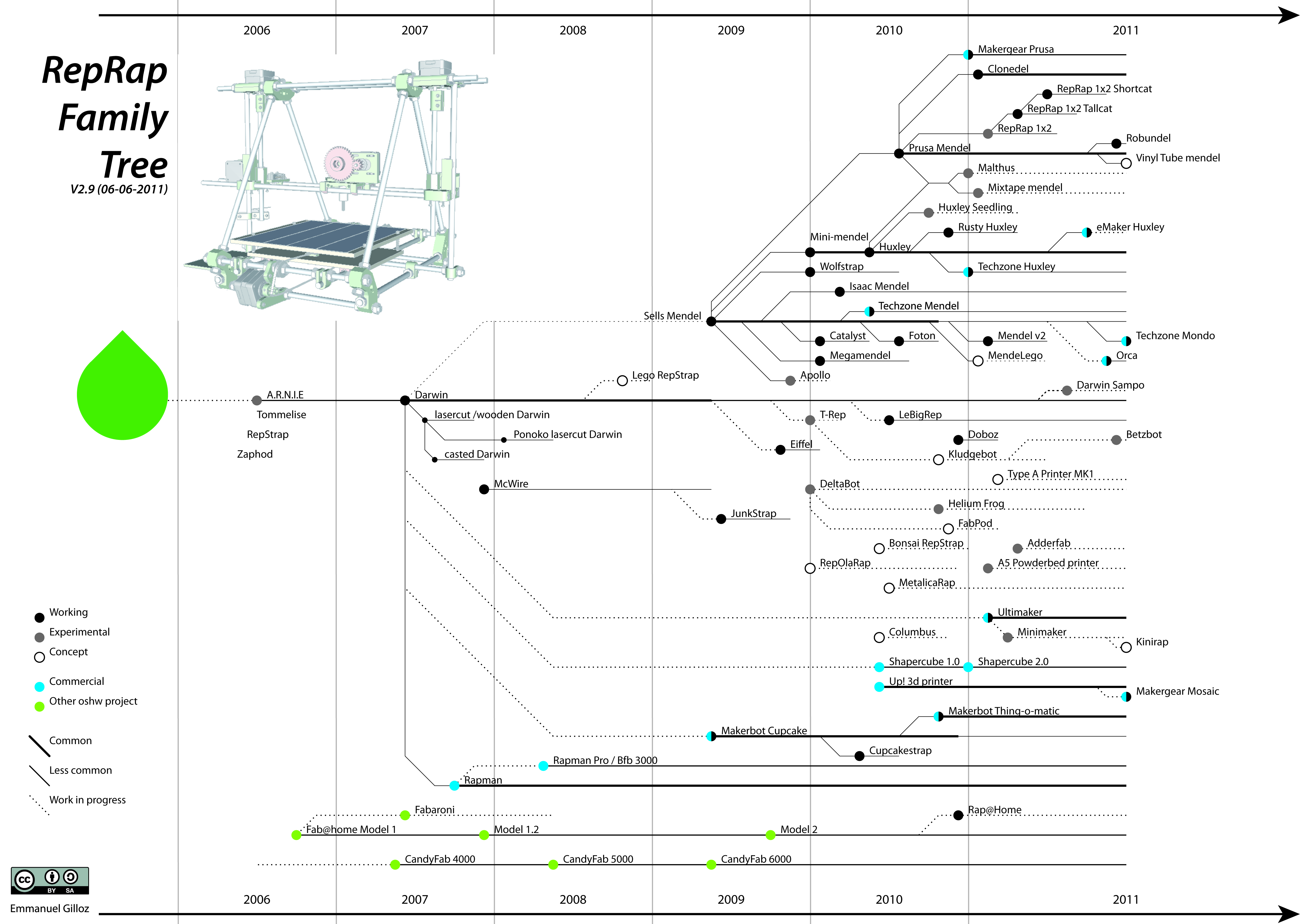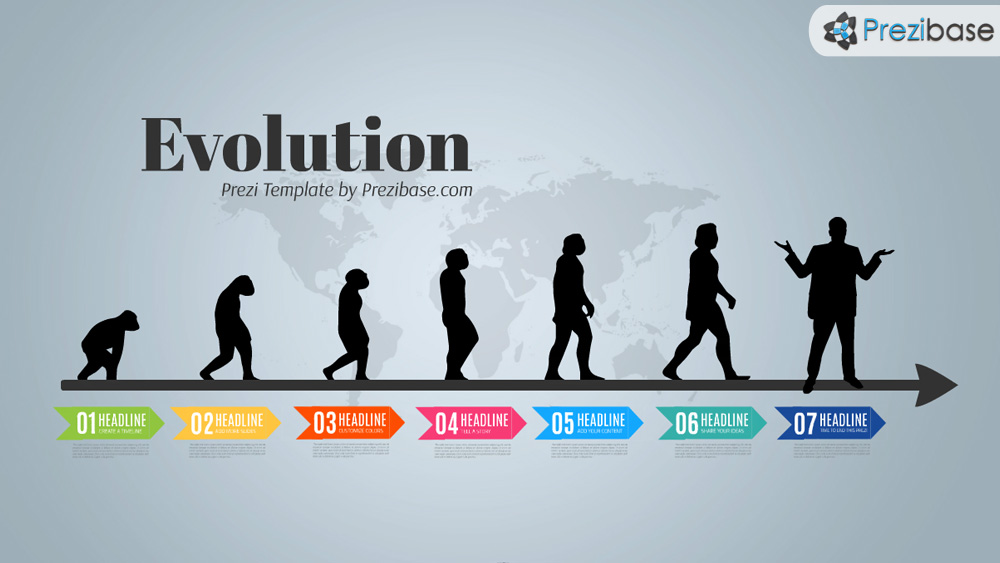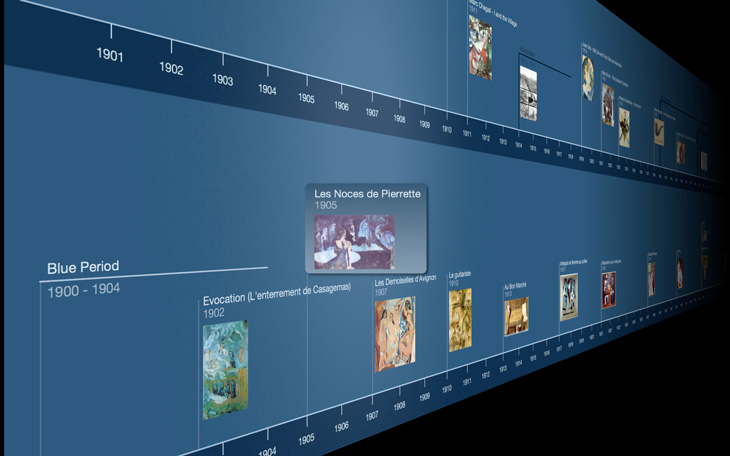

More accurate 3D modeling opens the door to better planning as well. This means that computer-aided design and drafting (CADD) can help professionals create 3D models for both theoretical (in case of prototypes) and existing objects (such as a 3D model of the human heart), in much greater detail. The same thing applies in other fields of study, such as biology or chemistry, where 3D models are used as visual representations of body organs or the chemical structure of an atom. When used within the scope of engineering or architecture, such as prototypes of bicycles or building designs, solid 3D modeling offers a precise resemblance of what the final object will look like and function like in a real-life scenario. In addition to getting an accurate rendering of the object, 3D modeling (at least from an engineering perspective) gives a great deal of technical detail with nearly zero errors, if any at all. Gaining a visual representation of an object is just one benefit. This is not entirely wrong, but 3D modeling can be used in just about any industry including consumer products and even educational purposes such as in schools. It seems that people have a strong tendency to associate 3D modeling only with architectural design. For a solid model, you can add more data points such as materials and tensile strength of the frame, making an even more realistic model. Although you can only see three planes on the front, it is important to create all six planes to make it as realistic as possible when you interact with the cube, like rotating it. To transform the cube into a surface model, you must cover all the sides with opaque or translucent surfaces. Only the lines are visible on the screen. To draw a wire-frame model, all you need to do is make twelve lines and connect them by specifying the coordinates of each point the surfaces are empty spaces, allowing you to see the background through the cube. Not only is a solid model the most realistic, it’s also the most widely used in engineering to make prototypes.Īn easy example of the three types is the 3D model of a simple cube.

These include weight, material density, the center of gravity, and mechanical stress. Although they look similar to the previously mentioned type of 3D model at a glance, this model type incorporates more data points than any of the others. The most computationally demanding type of 3D modeling is solid 3D models. Since the surfaces are opaque or translucent – as opposed to transparent – background areas are obscured, creating a more realistic visual representation.

It’s also possible to separate and join the surfaces to make further modifications. Rather than using only lines and arcs, surface models look more like paper models, as each sheet of “paper” can be placed anywhere on the screen at different angles to build the desired shapes. The more realistic 3D models have more definitive surface textures. All surfaces are transparent, rendering everything in the background visible on the computer screen. 3D models can be divided into three major types as follows, based on the data points they use: Wire-frame 3D ModelsģD models of this type may not look realistic at all because their constructions or drawings consist only of networks of wires (hence wire-frame), connected to make certain shapes built from a combination of nothing but lines and arcs. To make every model as realistic and interactive as possible, it must be based on a collection of data points. Texture mapping will help create more refined details on the surfaces of the models.
#TIMELINE 3D HISTORY SOFTWARE#
Depending on the software used and hardware specifications of the computer, 3D models can be created through several different procedures such as algorithm-based modeling, hand drawing (on the computer), or scanning. Some software makers market their 3D programs and 2D programs as separate packages, but there are plenty that combine them into one. Just like a physical model, the object can be rotated, flipped, exploded, or manipulated in all sorts of ways on the screen. Think of it as realistic drawing, but with much more complexity involved, because you can incorporate real-time data into the model and interact with the object using a computer. Developed for the first time in the 1960s by the creator of Sketchpad, Ivan Sutherland, 3D modeling can be simply defined as the process of creating a three-dimensional digital visual representation of an actual object using specialized computer software.


 0 kommentar(er)
0 kommentar(er)
